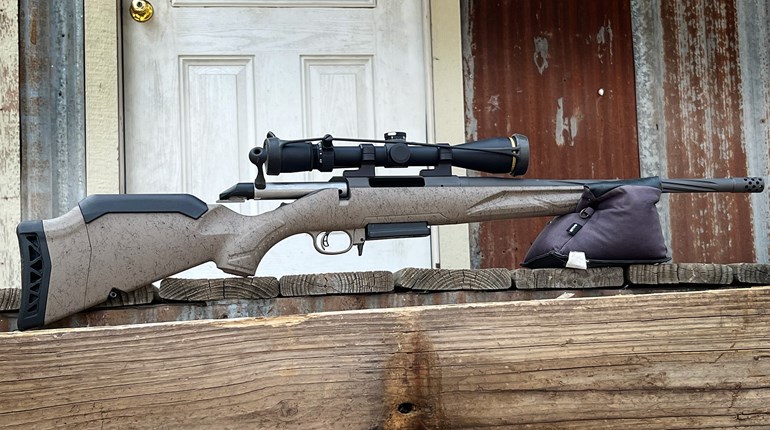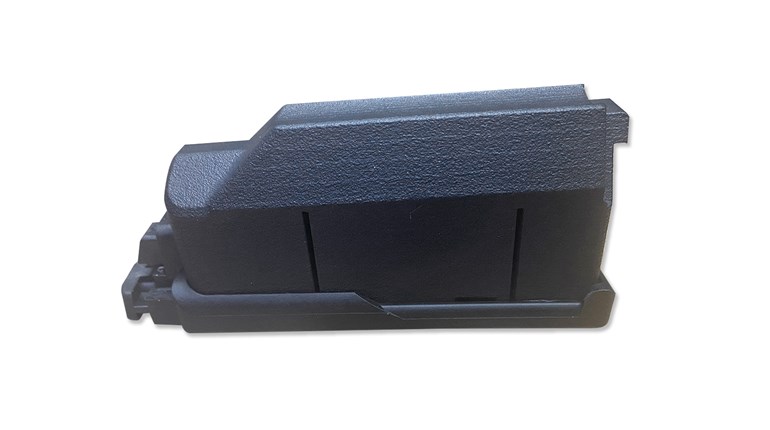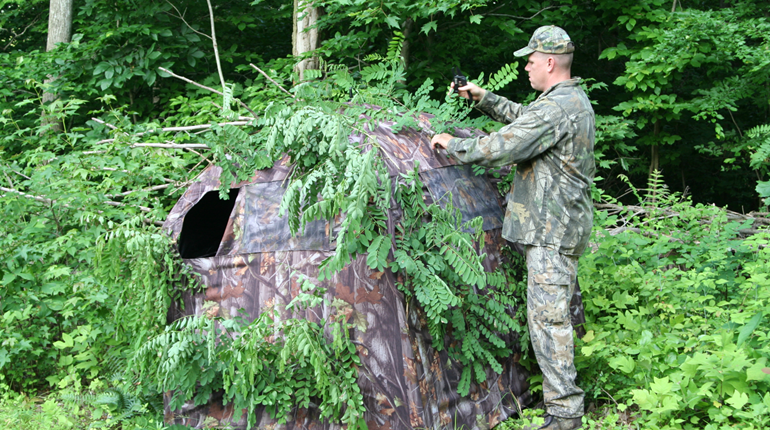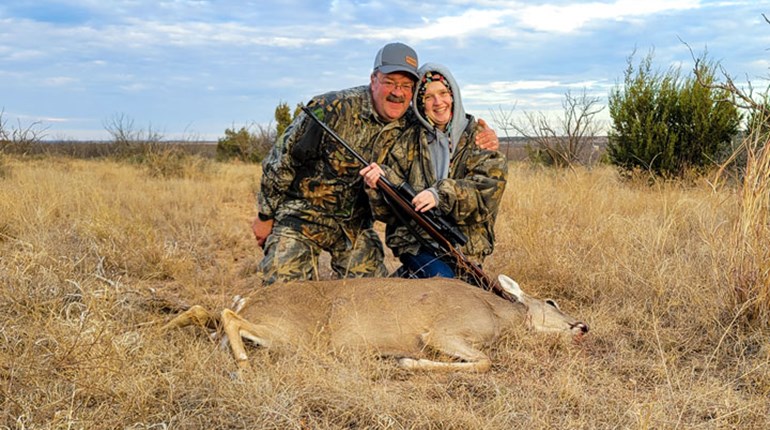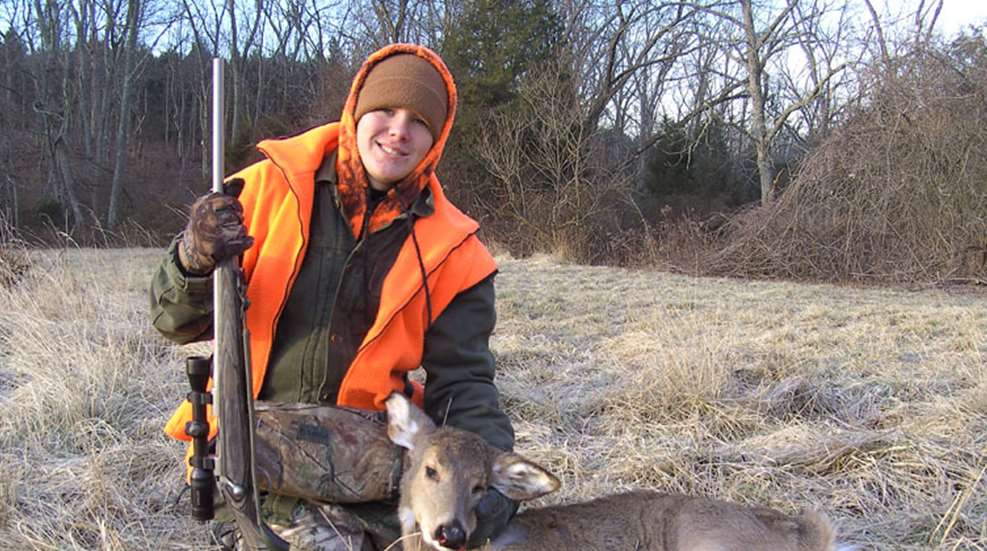
Deer are the most popular game animal in the U.S., and there are many kinds of calibers and guns made for deer hunting. But any young hunters who think that they can just take their dad’s deer rifle out might be in for a painful surprise: recoil. Recoil is the effect that comes from the gun being fired, pushing the gun into the shooter’s shoulder, and it can be painful if you’re not prepared for it. It can cause problems like flinching, which can really cut into a shooter’s accuracy. In my experience, it’s best to start with a smaller caliber and build your way up to the bigger ones. You will need to start somewhere, but where?
Two deer-rifle calibers that are good for beginners are the .243 Winchester and .260 Remington. Developed respectively by two of the biggest and highest-quality gun and ammunition companies, these two calibers are perfect for newbie deer hunters. And they also fit into the legal limit for deer hunting calibers in many states. In most states, the required minimum caliber for hunting deer is a bullet with a diameter at least as wide as .24 inches—and the .243 and .260 fit that limit nicely.
In 1955, Winchester released the .243 to the public. It was made by the process of “necking down” the .308 caliber—which basically means the neck of the .308 Win. cartridge case was made smaller. Remington released the .260 in 1997. Interestingly enough, it was made through the same process of necking down the .308. Since the .243 Win. has been around for longer, it has had more time to gain popularity and is now one of the most popular calibers in America. The .260 Rem. hasn’t had as much time to gain popularity, but it’s showing a lot of promise.
Because of this difference in familiarity, there is also a difference in availability. Pretty much all ammo companies produce the .243, and .243 ammo and rifles chambered for it can be found at almost any gun store. The .260, however, is harder to find. Right now, only a few major ammunition manufacturers produce .260, and there are a limited number of rifles chambered for that caliber. Your best bet to find them would be to go to a larger store like Cabela’s, where they have room for a wide selection. You can also buy .260 ammo online from websites like MidwayUSA if you are over 18. Be forewarned: The .260 is rarer and larger than the .243, so that makes it a bit more expensive.
The .260 Rem. and the .243 Win. offer similar ballistic performances in most respects, except that the .260 retains energy longer than the .243. According to the NRA Firearms Sourcebook, it takes about 1,000 ft/lbs of terminal energy to reliably kill a deer. The .243 keeps its terminal energy above 1,000 ft/lbs out to about 300 yards, but after that its terminal energy drops below 1,000 ft/lbs. The .260, however, keeps its terminal energy above 1,000 ft/lbs out to 400 yards before falling below that standard. This means that a .260 can cleanly take a deer 100 yards further away than a .243 can. Depending on where you live, this may make a big difference…or almost none at all. In the Great Plains states, hunters will often have to make shots from long distances. For these hunters, a gun with a better downrange performance, like the .260, can mean the difference between a successful hunt and going home empty-handed. However, in the rest of the country, especially the East, people tend to hunt at closer distances in forested areas. For these hunters, that extra 100 yards won’t make much of a difference.
In my own experience, I’ve taken deer with both the .243 and the .260, and both have worked well for me. The recoil on these guns is very manageable, but they both still perform well and make good, clean kills. Any beginning deer hunter, and for that matter any beginning shooter, should be able to handle the .243 and the .260. My dad and I took my friend Ryan out to the range with me to shoot guns in both calibers. He had never shot anything bigger than a .22, and was not an experienced shooter. Still, Ryan was able to shoot these guns accurately and without a problem. He was nervous at first, but when we really got into shooting, he started to enjoy it. The kick on these guns didn’t make much of a difference to him. So for any beginning deer hunter, the .243 and .260 are the calibers for you. They can help you build up your resistance to the recoil of larger guns while helping you bag bucks and have a blast.













